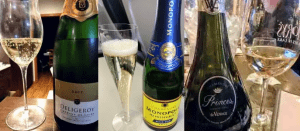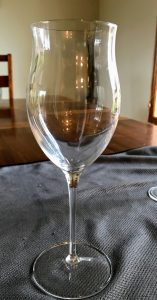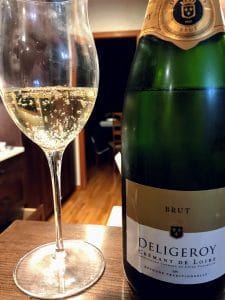In honor of Cabernet Franc Day, here are a few quick thoughts on the 2015 Réserve des Vignerons Saumur-Champigny from the Loire Valley.
The Geekery
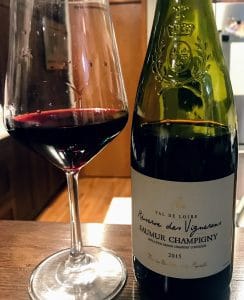
Réserve des Vignerons is made by the co-operative Cave de Saumur that was founded in 1956 with 40 growers. Today it features 160 growers who tend to plantings around the village of Saumur. All members of the co-op must adhere to sustainable viticulture principles.
In 2000, construction was finished on a new modern winemaking facility. Master of Wine Sam Harrop was brought in to consult on a special “Cabernet Franc project”. Harrop’s project has not only increased the quality of the co-op’s wines but has also improved how Cabernet Franc is made throughout the Loire.
Additionally, the co-op produces sparkling Cremant de Loire under their Deligeroy label–including a Brut featuring Cabernet Franc in the blend.
The Saumur-Champigny is 100% Cabernet Franc that saw extended post-fermentation skin contact for 10 extra days. This is a technique more common with Cabernet Franc prior to fermentation (“cold soak”) when temperatures can be keep low and only color is extracted. In contrast, post-fermentation maceration extracts tannins (especially seed tannin) with no color benefit.
The Wine

The savory fennel seed notes adds complexity to this wine.
Medium-intensity nose. A mix of red fruits–cherries and raspberries. Around the edges is a little bit of spicy tobacco.
On the palate, those red fruits carry through and are quite fresh and juicy tasting with medium-plus acidity. Medium tannins are present but not biting and are balanced well by the medium bodied fruit. The moderate finish brings back the tobacco spice as well as savory fennel notes.
The Verdict
At $12-15, this is a pretty classic Loire Cabernet Franc–though it is not as herbal as other examples can be. However, it is quite different compared to the more fruit-forward, floral and full-bodied Cabernet Francs from Washington & California.
While I’ve made my love of domestic Cabernet Franc well known, this is a nice change of pace and a solid food-pairing wine.

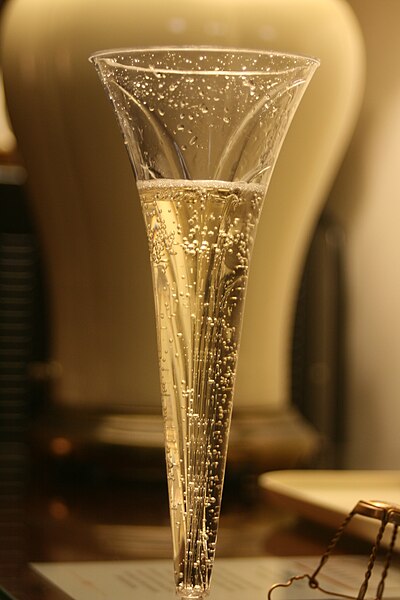 Did you ring in the New Years with a flute of bubbles?
Did you ring in the New Years with a flute of bubbles?